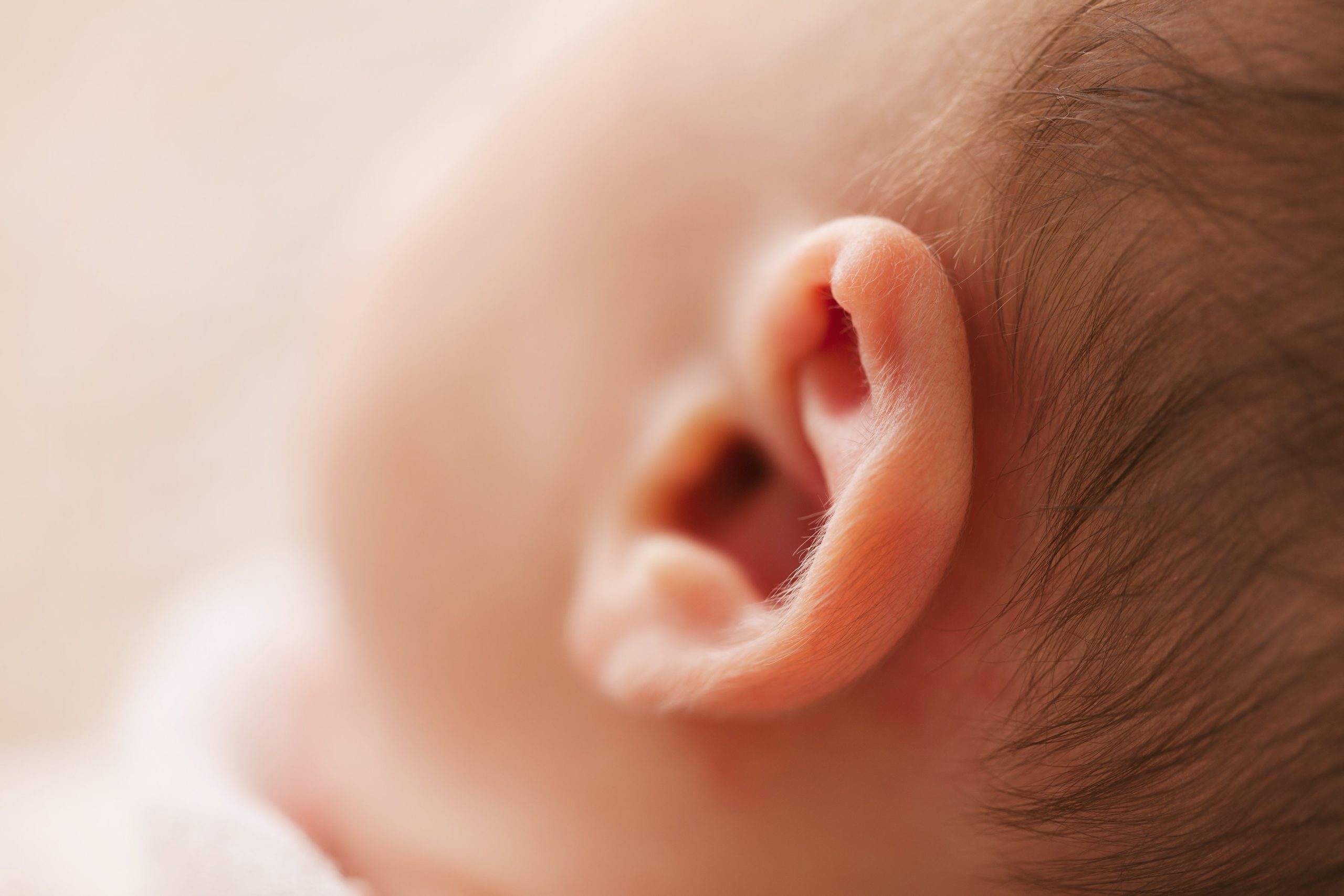Aural Rehabilitation
 Aural rehabilitation, or aural rehab, is a service provided to manage hearing loss. Despite its auditory components, speech-language pathologists and audiologists play an important role in this form of treatment.
Aural rehabilitation, or aural rehab, is a service provided to manage hearing loss. Despite its auditory components, speech-language pathologists and audiologists play an important role in this form of treatment.
What is Aural Rehabilitation?
Aural Rehabilitation, often known as aural rehab (AR) pertains to the assessment and intervention to manage hearing loss. Individuals with hearing loss can face a variety of communication challenges, and aural rehabilitation guides care toward improving those challenges. Aural rehabilitation may also be referred to as: aural rehabilitation, AR, auditory rehabilitation, hearing rehabilitation, rehabilitative audiology, and audiological rehabilitation.
Who Provides these Services?
These services fall within the scope of practice for audiologists and speech-language pathologists alike. While audiologists are primarily responsible for screening, assessing, diagnosing, and treating hearing loss in individuals, speech therapists can develop and perform aural rehab treatment services. Both audiologists and speech therapists are able to develop aural rehab plans of care, which might include: indicating treatment services needed, evaluating assistive technology to be used, and providing counseling and/or education.
Why Seek Aural Rehabilitation?
With the diagnosis of hearing loss, individuals often are fitted with hearing aids or cochlear implants to address their hearing loss difficulties. That said, these assistive devices do not immediately “solve” hearing loss difficulties, nor the associated communication difficulties that can arise. Aural rehabilitation services help individuals manage their hearing loss both with and without using assistive devices. Services might include:
Assistive Technology/Environmental Modifications
- Use of an FM system or microphone
- Environmental modifications (e.g., sitting close to a speaker, adequate lighting for lip reading, or improving room acoustics)
Counseling
- For individuals with hearing loss
- For family members or caregivers of individuals with hearing loss
Education
- Educating individuals with hearing loss, as well as their family members or caregivers
- Learning to improve communication via behavior and strategies
- Modifying listening environments
- Implementing self-advocacy skills
- Protecting residual hearing abilities
- Learning to enhance communication with others
What Aural Rehabilitation Training Techniques are Used in Treatment?
Speech-language pathologists and audiologists use a variety of training techniques with aural rehabilitation treatment. These include: auditory training, communication skills training, and speechreading.
Auditory Training
Auditory training helps to implement preserved hearing abilities. Therapists may use an analytic approach. In doing so, they work to help individuals use their residual hearing abilities to identify, discriminate, and comprehend sounds, words, and eventually, conversational speech. This begins with basic sound awareness to understanding the meaning of sounds. The complexity of treatment will increase from understanding individual sounds, to words, sentences, then in conversation.
Alternatively, a synthetic approach to treatment begins at a more complex level. The focus is to have individuals use context clues to hear and comprehend sounds and words. This could include looking at a picture then identifying the alternative which makes the most sense. It is not uncommon to use both analytic and synthetic approaches for the purpose of auditory training.
Communication Skills Training
In communication skills training, an individual learns to do one or more of the following:
- Resolve communication breakdowns
- Implement self-advocacy skills
- Teach appropriate pragmatic skills
- Implement treatment approaches from articulation and voice to improve skills
Speechreading
Speechreading, otherwise known as lip reading, is when an individual watches a speaker’s mouth while there’re speaking to help decipher the message being spoken. Not only does speechreading implement this skill, but also implements use of other visual information to help an individual understand the message. This might include watching facial expressions and gestures.
For additional information on aural rehabilitation and whether or not it might be a good support for you or a loved one, contact an audiologist or speech-language pathologist at MOSAIC for more details.
